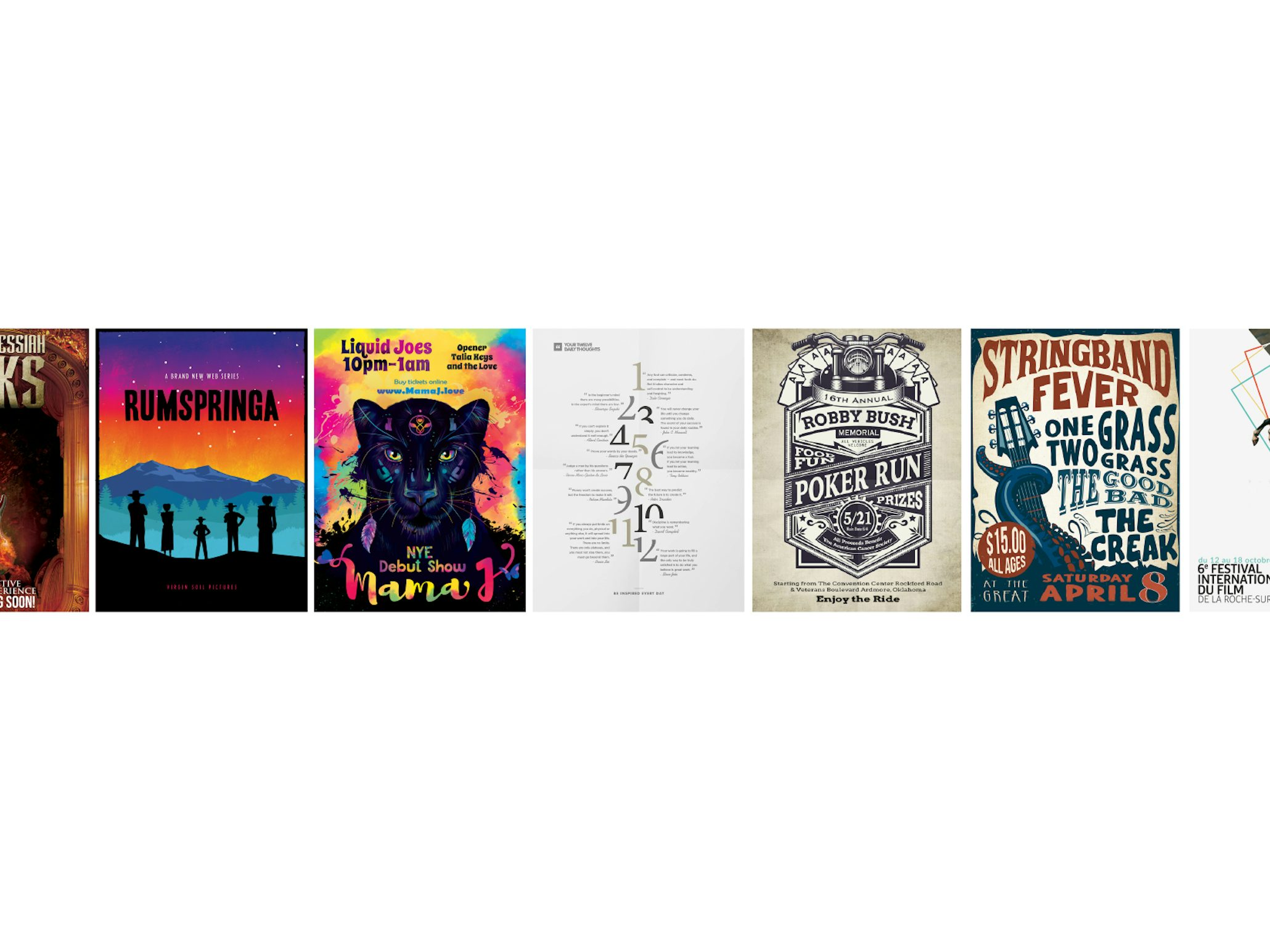Some of the elements of marketing mix are given below. A product, service or idea, may be defined as something which is given to consumers in exchange for a price. Product is the article which a manufacturer desires to sell in the open market. It is the first element in the marketing mix. The product mix includes the following.
- The Seven Elements Of Packaging Process
- The Seven Elements Of Packaging Labeling
- The Seven Elements Of Packaging Industry
Choice of product packaging design is essential to its success in the marketplace
Eye-tracking research done with regard to consumers shopping behaviors indicates that most purchasing decisions are unthinking and instinctive; color, shape, and location familiarity are the main motivations behind most people’s decisions to buy. With the average supermarket in the U.S. carrying approximately 42,000 different items, the need to make your product stand out cannot be overstated. Accordingly, your choice of packaging design must be able to market your product effectively and thereby guarantee healthy sales volumes.
Summary of the Packaging and Packaging Waste Legislation short information on objectives, scope and main elements of the Packaging and Packaging Waste Directive, as well as related acts) Directive 94/62/EC on Packaging and Packaging Waste (consolidated version) Amending acts. Download 7 Rectangular Packaging Box Mockups Graphic Templates by zippypixels. Subscribe to Envato Elements for unlimited Graphic Templates downloads for a single monthly fee. Subscribe and Download now! The purpose of this study was to examine the relationship between packaging and food products consumer behaviors in Refah chain stores in Iran. In this study, we have tried to evaluate and compare the effects of packaging elements on consumer behavior in the pre-purchase, purchase and post-purchase stages. Billions of pounds are spent on packaging food and other items each year. Sixty percent of all packaging is for food products. At the beginning of the 20th century most food was sold loose. It was weighed and measured out and placed in bags or directly into the shoppers bag to carry home. Packaging and advertising were virtually unknown.
To achieve effective product packaging design, therefore, some of the essentials you need to consider include the following:
1. Superb form and function
Package design should protect the product both during display and in use.
At its most basic, efficient package design should ensure that the product is safe, both on the display shelves and afterward in the course of its use by the consumer. Shoppers won’t buy though if they don’t know what your efficiently packaged product is. The packaging therefore needs to provide adequate product information. Find an attractive way to tell consumers what your product is and why it’s the best option for their needs. Don’t forget to display your brand name clearly.
2. Maximum shelf impact
The Seven Elements Of Packaging Process
Effective package design will help your product to stand out.
For just about any product displayed on supermarket shelves there are multiple options available for consumers to choose from. A product that attracts attention by virtue of its distinctiveness typically obligates consumers to find out more about it; such products tend to sell better. You should therefore think about the qualities that can give your product such appeal – such shelf impact.

3. Honesty
Consumers would love to know that this claim is genuine…
However unthinking consumers’ decisions can be it’s prudent to ensure that whatever is depicted on your product packaging is what will be found inside. Anything contrary is certain to disappoint consumers and the consequences of bad publicity will naturally reflect negatively on your sales volumes and brand image.
4. Practicality
Ease of product use is a vital concern for consumers.
In your bid to employ as creative a packaging design as you possibly can you mustn’t overlook the practicality of the idea. Your design should therefore be informed by the manner in which consumers are expected to use the product. With this in mind your choice of packaging must take into account the various aspects of functionality including size, shape, and storage. Generally, consumers love products that are easy to use.
5. Originality and creativity
A clever design will motivate many a consumer to try your product.
One way of imparting an air of exclusivity and great quality on a product is to ensure that its packaging is awesome. The use of high quality, ingenious packaging tells discerning customers that a considerable amount of time, thought, and effort went into creating and realizing it; that the enclosed product is of great quality is more or less assured (this should be the case, of course). Thanks to great packaging you can easily differentiate your product by pricing it slightly higher than the competition.
6. Go green
Consumers love to feel responsible for their environment…
Nowadays lots of consumers are becoming increasingly environmentally-conscious and this tends to reflect in their purchasing decisions. The use of eco-friendly packaging for your product will therefore appeal to such consumers, effectively helping to boost sales volumes and brand appeal.
Some of the elements of marketing mix are given below
1. Product
A product, service or idea, may be defined as something which is given to consumers in exchange for a price. Product is the article which a manufacturer desires to sell in the open market. It is the first element in the marketing mix. The product mix includes the following variables.
- Product line and range,
- Style, shape, design, colour, quality and other physical features of a product,
- Packaging and labeling of a product,
- Branding and trade mark given to the product,
- Product innovation, and
- Product servicing.
Managing product component involves product planning and development. Here, the decisions are required to be taken regarding product range, branding, packaging, labeling and other features of the product. The product manufactured for market should be as per the needs and expectations of consumers.
Product is the most powerful competing instrument in the hands of the marketing manager. It is the heart of whole marketing mix. If the product is not sound /attractive to the customers, no amount of sales promotion, appropriate channel selection or price reduction will help to achieve the marketing target. Hence, durability, quality, uses, etc. of the product are important from the marketing point of view.
The following aspects of a product need careful attention in marketing decision-making.
- Product line and range,
- Style, shape, design, colour, quality and other physical features of a product,
- Packaging and labeling of a product,
- Branding and trade mark given to a product.
- Product servicing and channel of distribution.
- Product pricing.
- Guarantees and warranties of the product.
- Product innovation.
- Special features of the product from the marketing point of view.
Decisions on these aspects of a product are important as marketing is directly related to these aspects. Sales promotion measures will be useful but their role will be supplementary/ supportive. Such measures may not be effective if the product to be marketed is not of standard quality or if the brand or package is not attractive or if the product is not as per the requirements/expectations of consumers. This suggests that decisions relating to product are important /crucial in the marketing of a product.
2. Place
Physical distribution is the delivery of goods at the right time and at the right place to consumers. Physical distribution of product is possible through channels of distribution which are many and varied in character. Distribution is made up of two components: (1) Physical distribution, and (2) Channels of distribution
Physical distribution (place mix) includes the following variables: Mcculloch pro mac 850.
- Types of intermediaries available for distribution,
- Distribution marketing channels available for distribution, and
- Transportation, warehousing and inventory control for making the product available to consumers easily and economically.
For large-scale distribution, the services of wholesalers, retailers and other marketing intermediaries are required. A marketing manager has to select a channel which is convenient, economical and suitable for the distribution of a specific product. For instance, large numbers of outlets are required for the distribution of products of mass consumption such as soaps and oils. On the other hand, for the marketing of speciality products like refrigerators and TV sets, selective distribution through authorized dealers is quite convenient.
3. Price
Price is one more critical component of marketing mix. It is the valuation of the product mentioned by the seller on the product. You can define price as the amount of money that consumers must pay in exchange for the product, service or idea.
Price mix includes the following variables:
- Pricing policies,
- Discounts and other concessions offered for capturing market,
- Terms of credit sale,
- Terms of delivery, and
- Pricing strategy selected and used.
Pricing has an important bearing on the competitive position of a product. The marketing manager may use pricing as a tool for achieving the targeted market share or sales volume. Pricing can also be used for capturing market and also for facing market competition effectively. Pricing decisions and policies have direct influence on the sales volume and profits of the firm. Market price of a product also needs periodical review and adjustments. The price charged should be high enough to give adequate profit to the company but low enough to motivate consumers to purchase product. It should also be suitable to face market competition effectively.
Generally, marketers consider the following factors in setting prices:
- Target customers: how much they will buy at various prices, in other words, price elasticity of demand.
- Cost: how much it costs to produce and market the product, i.e., both production and distribution costs.
- Competition: severe competition may indicate a lower price than when there is monopoly or little competition.
- The law: government authorities place numerous restrictions on pricing activities.
- Social responsibility: pricing affects many parties, including employees, shareholders and the public at large. These should be considered in pricing


4. Promotion
Promotion is the persuasive communication about the product offered by the manufacturer to the prospect.
Promotion mix includes the following variables:
- Advertising and publicity of the product,
- Personal selling techniques used,
- Sales promotion measures introduced at different levels,
- Public relations techniques used for keeping cordial relations with dealers and consumers,
- Display of goods for sales promotion.
The Seven Elements Of Packaging Labeling
Promotional activities are necessary for large scale marketing and also for facing market competition effectively. Such activities are varied in nature and are useful for establishing reasonably good rapport with the consumers.
Advertising gives information and guidance to consumers. Brand names are made popular through advertising. Along with advertising, personal selling is also useful for motivating the customers to buy a specific product.
In addition to advertising and personal selling, a manufacturer has to use other sales promotion techniques at the consumer level and at the dealer level. The techniques at consumer level include displays, exhibitions, discount coupons, small gifts and free samples, attractive container and consumer contests. Consumer psychology is favorable for extensive use of such sales promotion techniques. After-sales services are also useful for promoting sales of durable good.
The Seven Elements Of Packaging Industry
Like other elements of the marketing mix, promotion should be aimed at the target audience rather than at consumers at large. If target consumers are in upper-income groups, promotional messages for, say, color television sets might highlight motives such as status and prestige associated with owing a color television, whereas if they are in lower-income groups, the price of a model might be emphasized. If target consumers tend to be highly educated, promotion messages should be more sophisticated than when target consumers have low levels of education. Failure to consider the unique characteristics of the target consumer can result in ineffective promotional efforts.
